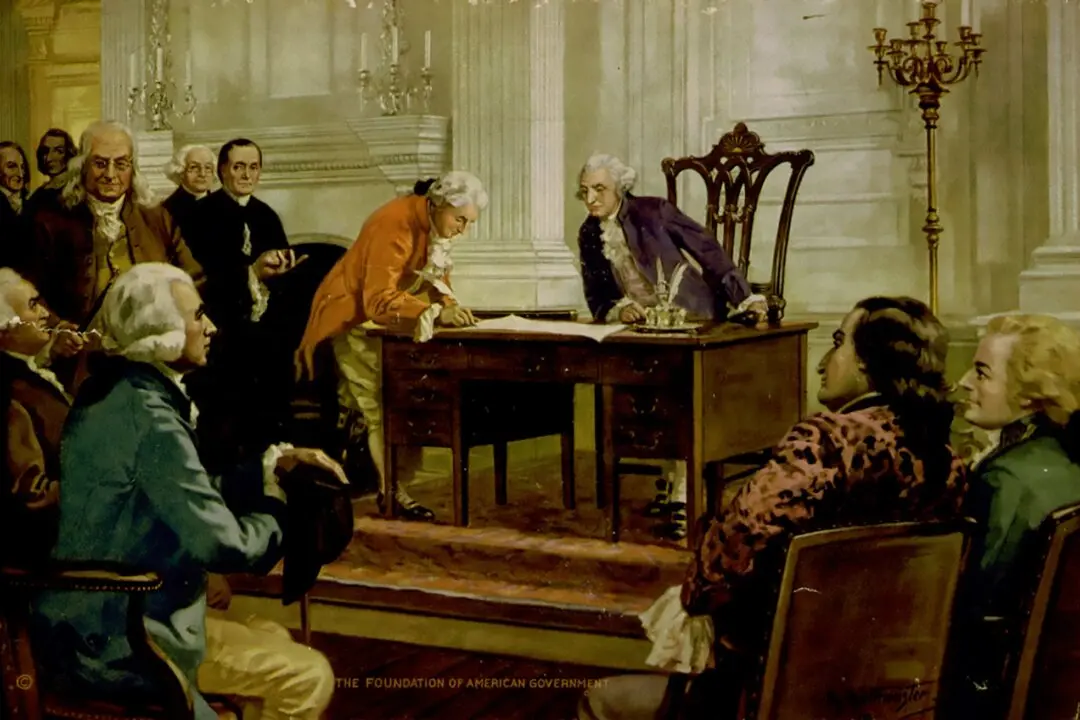Sometimes, we become so accustomed to the wonders of our world that we cease to wonder at them.
We carry a storehouse of information larger than the Library of Congress in our pocket without batting an eye. We pop a carton of frozen food into that gizmo above the stove, hit a couple of buttons, and presto, we’re eating a piping hot meal.






